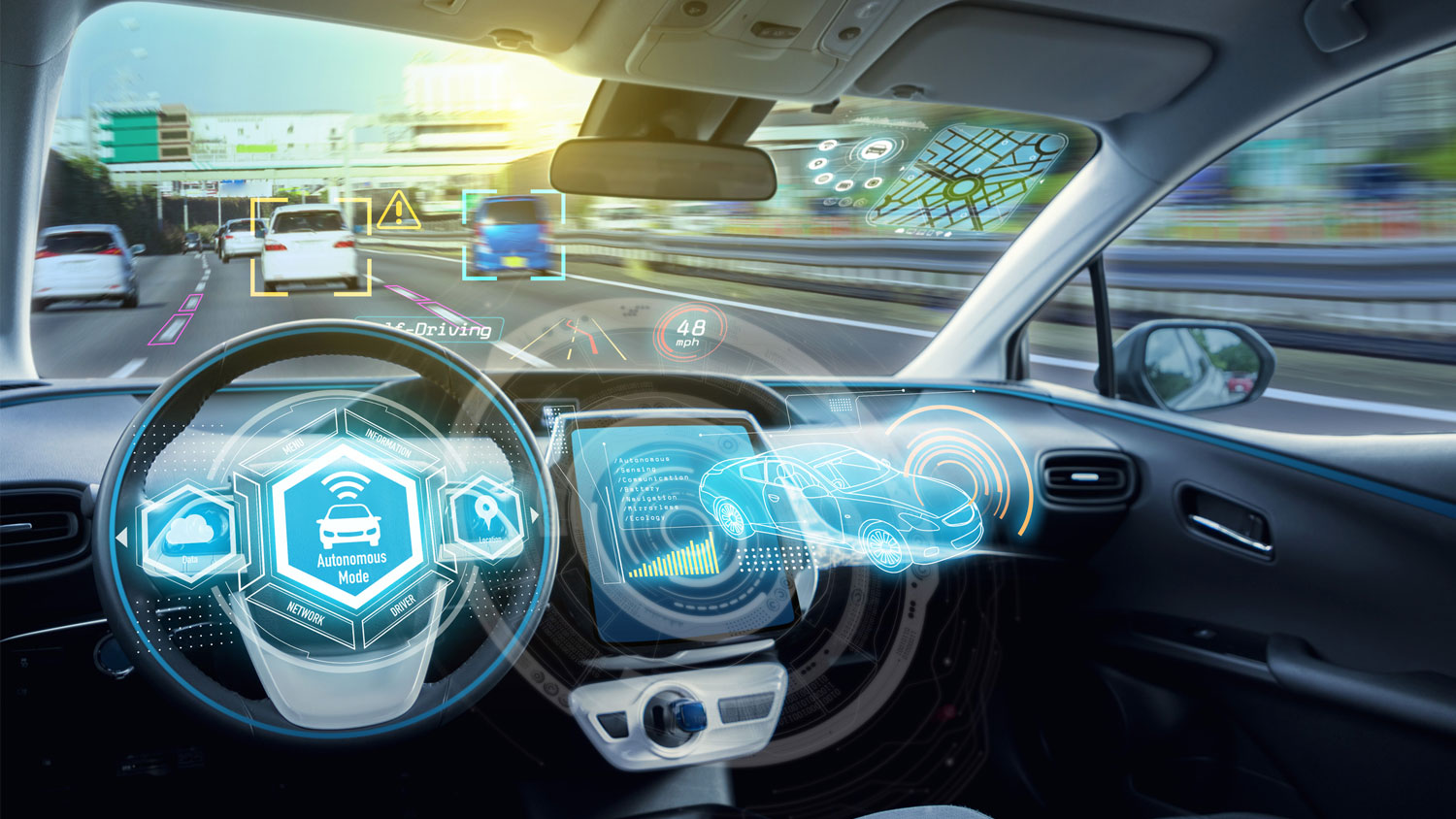Accelerating the Rise of Autonomous Driving
Tue, 05/07/2019 - 12:00
From more acute sensing technologies to better situational awareness, Singapore startups are kicking driverless vehicle technology into higher gear.
For decades, human drivers have gotten by with scanning the roads with their eyes and ears, using only the most rudimentary of technologies—rear- and side-view mirrors—to help augment their senses.
In contrast, autonomous vehicles (AVs) are stuffed to the gills with sensors. To do what millions of humans do every day, AVs must integrate information from a range of sensing technologies, including LiDAR, radar, cameras and ultrasound.
Of course, the chief promise of AVs is that they will make our roads much safer. To that effect, McKinsey & Company predicts that autonomous driving will reduce road accidents by a staggering 90 percent by the middle of this century. Based on the current global estimate of 1.2 million traffic fatalities every year, that translates to some 10 million lives saved per decade—a huge public health triumph that would be on par with the advent of modern vaccines.
But to deliver on this life-saving promise, the industry needs better sensing and decision-making technologies that will not only help AVs ‘see’ further and more clearly, but also overcome blind spots and deal with ‘edge cases’—extreme or unusual circumstances which may trip up autonomous systems.
“You don’t want your vehicle to be like a human. You want it to be something more—like a superhuman,” says Mr Ram Vignesh Palaniswamy, co-founder of Singapore-based startup Hertzwell. Formed in 2017 through the Entrepreneur First (EF) Singapore company builder programme, Hertzwell is putting aerospace-grade radar systems to work in AVs so that they can navigate in all weather conditions.
From Airplane to Automobile
Most AVs use a combination of cameras, LiDAR and radar to navigate and detect obstacles, says Mr Palaniswamy. But each of these comes with technical limitations. LiDAR, which uses lasers to put together a high-resolution map of the AV’s surroundings (and which you might recognise as the spinning, bucket-shaped piece of equipment mounted on top of driverless cars), is handicapped by rain, dust, fog or even very bright light. Radar, which relies on sound waves, is unperturbed by bad weather; however, radar systems currently used in cars lack the resolution needed to distinguish between obstacles.
To address this flaw, Hertzwell is adapting high-resolution radar technology from the aerospace industry for the automotive industry. “Radar is a very good technology, and it can do everything that LiDAR does. The only problem is resolution, and that is the area we’re focusing on,” says Mr Palaniswamy.
Since radar system components used by the aerospace industry are much too big to be installed in ground vehicles, Hertzwell has used miniaturisation techniques to develop a prototype radar that is only about the size of an iPhone. But the company is not simply in the business of shrinking an airplane radar to fit in a car; it also employs various other techniques to improve range and resolution, says Mr Palaniswamy. For example, Hertzwell uses deep learning software to help clients distinguish between obstacles such as pedestrians, bicycles and trucks.
RELATED VIDEO: FUTURE OF MOBILITY
Hertzwell’s prototype is now being put through its paces in AV testbeds in Singapore, and the company is also in talks with top original equipment manufacturers (OEMs) around the world, says Mr Palaniswamy. He hopes that Hertzwell’s high-resolution radar will eventually be good enough to supplant LiDAR in AVs. “At the start, we want to complement LiDAR, but our ultimate vision is that a camera and our radar should be enough to work in all AVs.”
Trending Posts
- Keeping satellites safe: How CYSAT Asia 2026 is tackling space cybersecurity
- The future of fusion energy: What will it take to bring the power of the stars to earth?
- How an aerospace engineer charted a path to quantum technology
- Scaling nanomaterials is challenging — Meet the startup with a hybrid solution
- Surveying Singapore's early-stage emerging tech startup landscape






